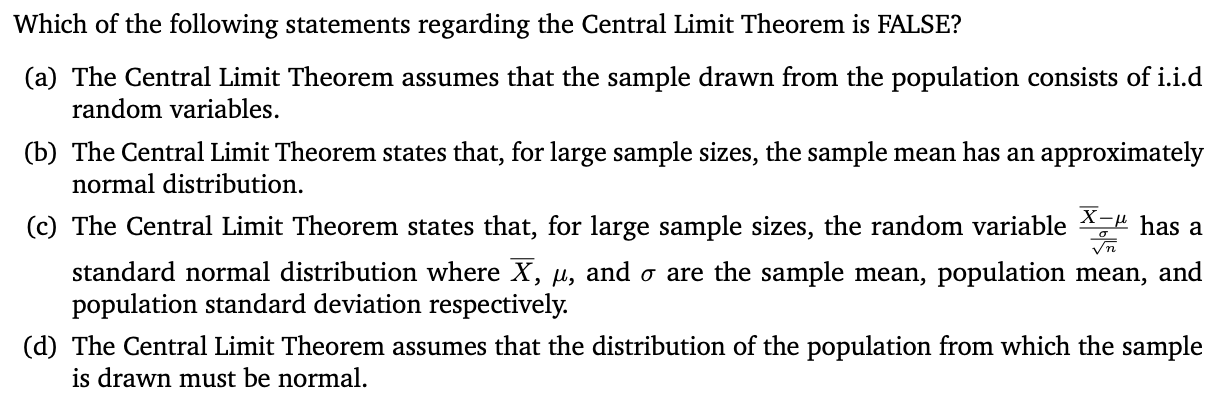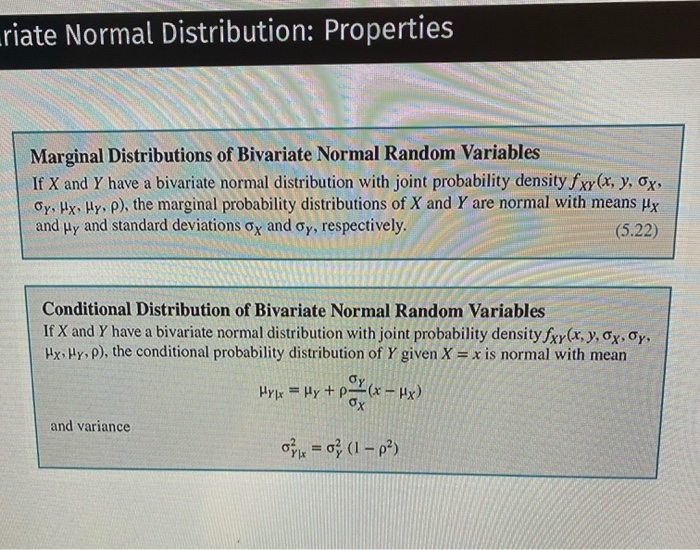Question
Question: A non-profit research organization conducted a study in which they collected data regarding people's incomes and level of happiness. The organization is interested in
Question:
A non-profit research organization conducted a study in which they collected data regarding people's incomes and level of happiness. The organization is interested in examining the relationship between people's happiness and their income, given the common assumption that more money results in more happiness. Although overall the researchers were able to determine a signiicant relationship between people's incomes and happiness score, the researchers speculate that once people have enough money to pay their expenses and build their savings, that more income will have little or no effect on their overall happiness. They collected data for those people's whose income was $70,000 per year or more; these data are shown below with Income shown in units of $10,000 and a happiness score between 0 and 10.
a. Draw a scatterplot of the data and explain what the graph indicates about the appropriateness of simple linear regression for these data.
b. Determine the estimated simple linear regression model for these data.
c. Interpret the coefficient from part b above.
d. What Is the value of coefficient of determination and what does it indicate about the simple linear regression model from part b?
e. Explain what you would conclude about the researchers' speculation that once people have enough money to pay their expenses and build their savings, that more income will have little or no effect on their overall happiness. Be sure to justify your conclusions with statistical evidence.
data : the income and score for 40 persons
Income 7.00439884 7.02551769 7.0320571 7.06279211 7.07616637 7.08158906 7.10161959 7.11158364 7.11722011 7.11947859 7.11950538 7.13675997 7.15367409 7.16187287 7.17639965 7.18090719 7.18611226 7.19440696 7.19503729 7.19640925 7.2070597 7.22519186 7.22826521 7.241313 7.24675483 7.26037414 7.29772228 7.30090272 7.31050264 7.31091603 7.34724552 7.36421338 7.4238325 7.43924761 7.44811656 7.45150065 7.46350981 7.4666532 7.47844662 7.48152138
Score 5.36244826 4.81153338 5.04017458 6.86338795 5.01057743 4.12164775 5.34835294 6.08647828 5.56254547 5.9518141 4.98198112 5.50662154 4.72098734 6.1604341 5.02995166 5.60796663 5.15159829 5.83619666 5.23170297 5.59639827 4.20947057 4.98525493 5.03400379 4.68281699 5.8901487 5.38139847 6.3842745 6.00498747 5.92334607 5.7474441 4.39662232 6.61827984 4.90968847 6.3596 5.96342209 4.10994465 4.50344538 5.96054731 4.87772554 6.19629




Step by Step Solution
There are 3 Steps involved in it
Step: 1

Get Instant Access to Expert-Tailored Solutions
See step-by-step solutions with expert insights and AI powered tools for academic success
Step: 2

Step: 3

Ace Your Homework with AI
Get the answers you need in no time with our AI-driven, step-by-step assistance
Get Started


